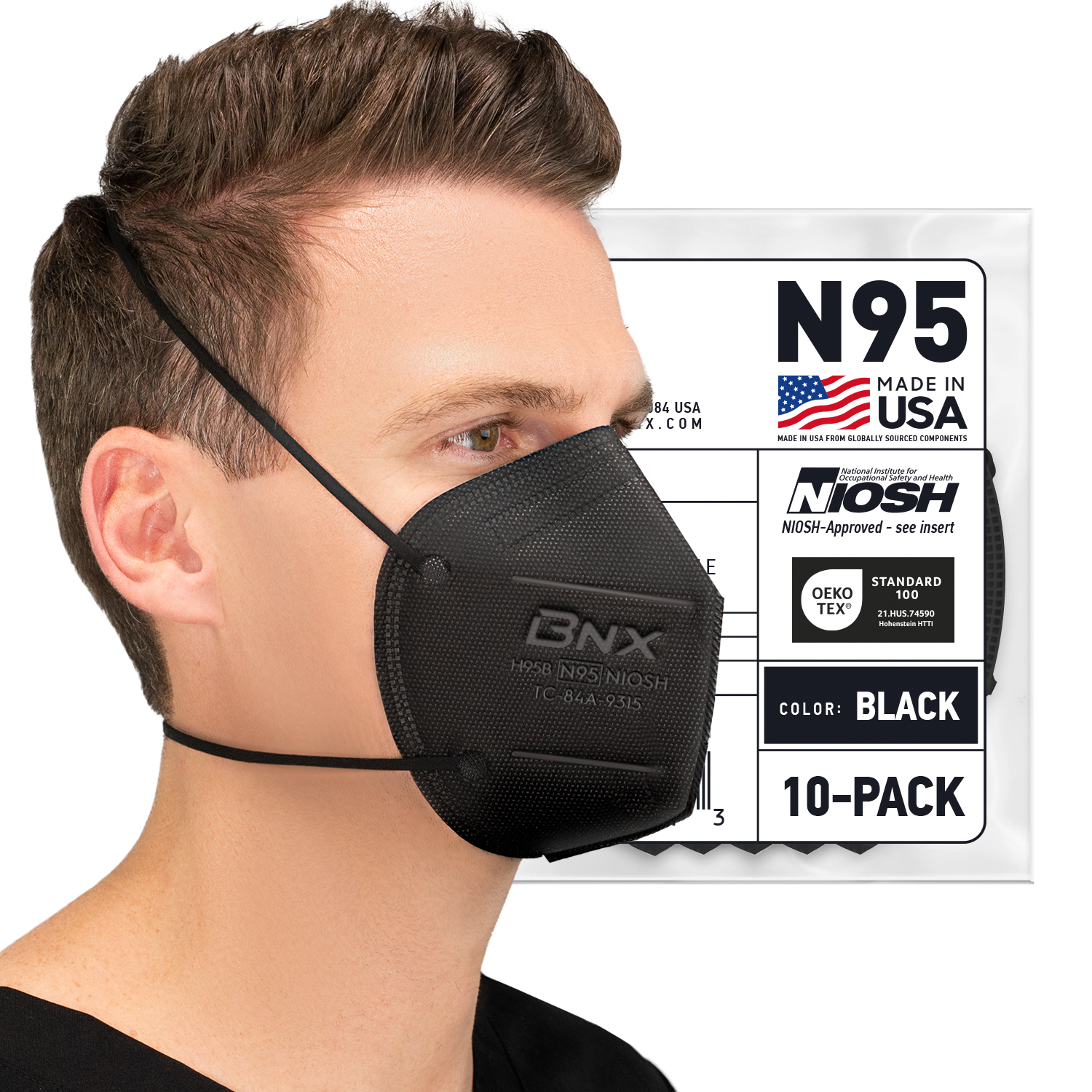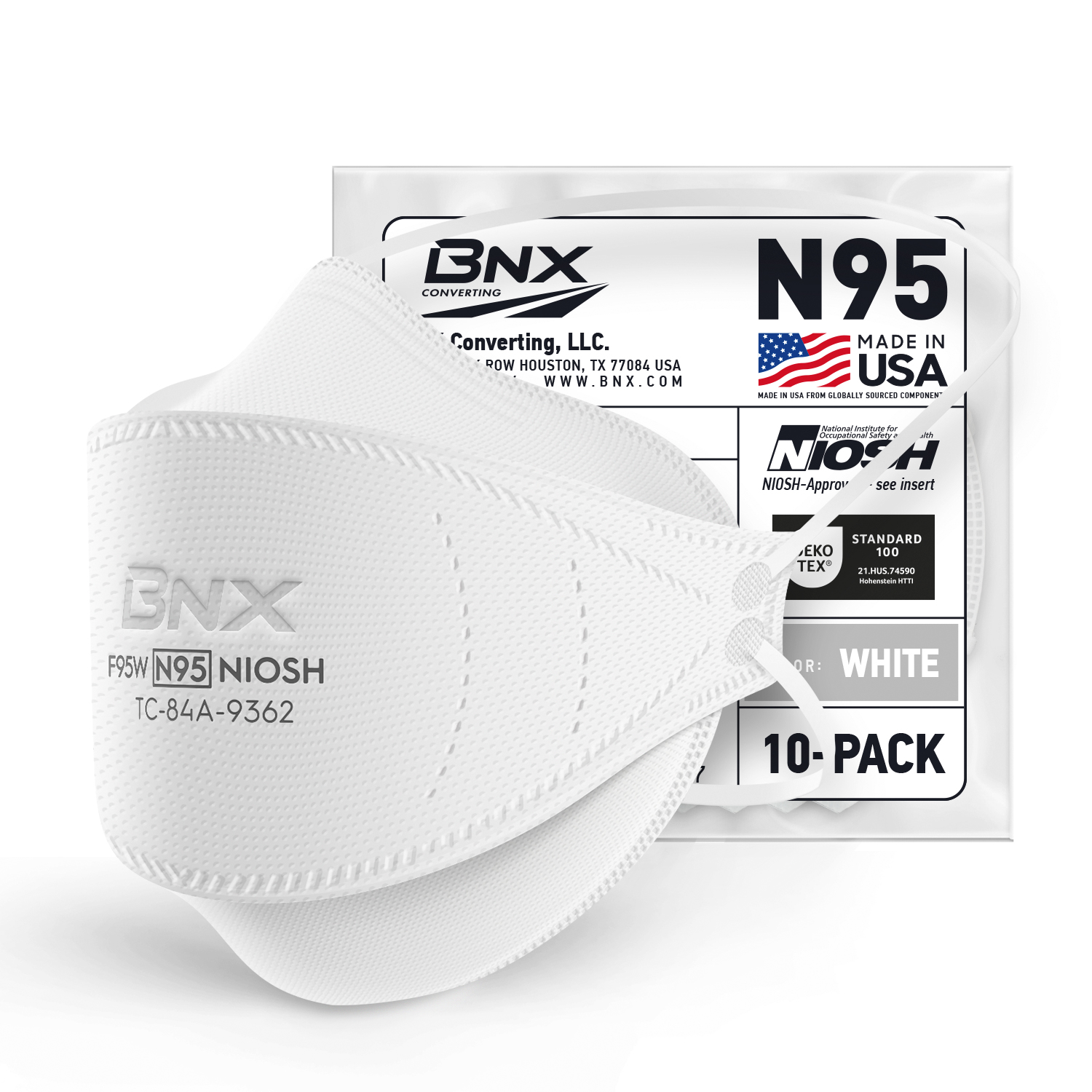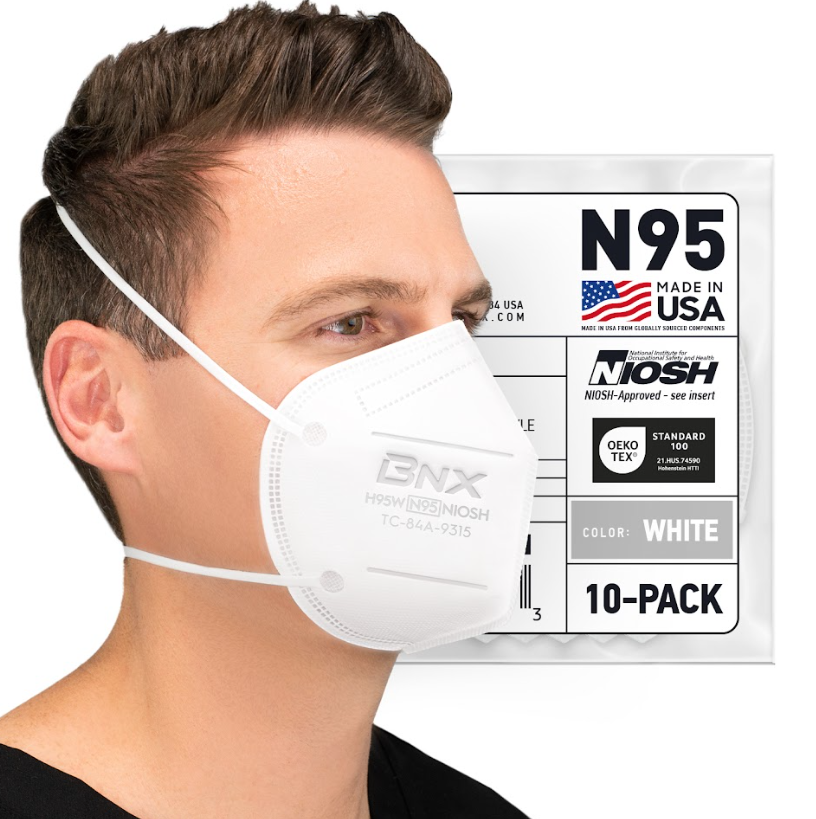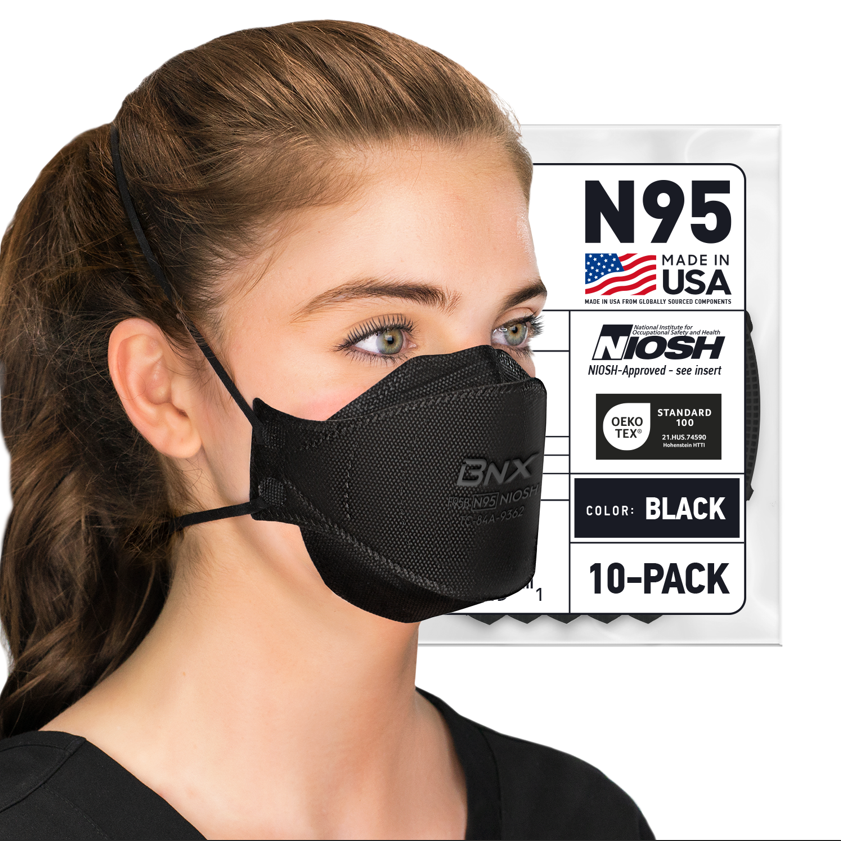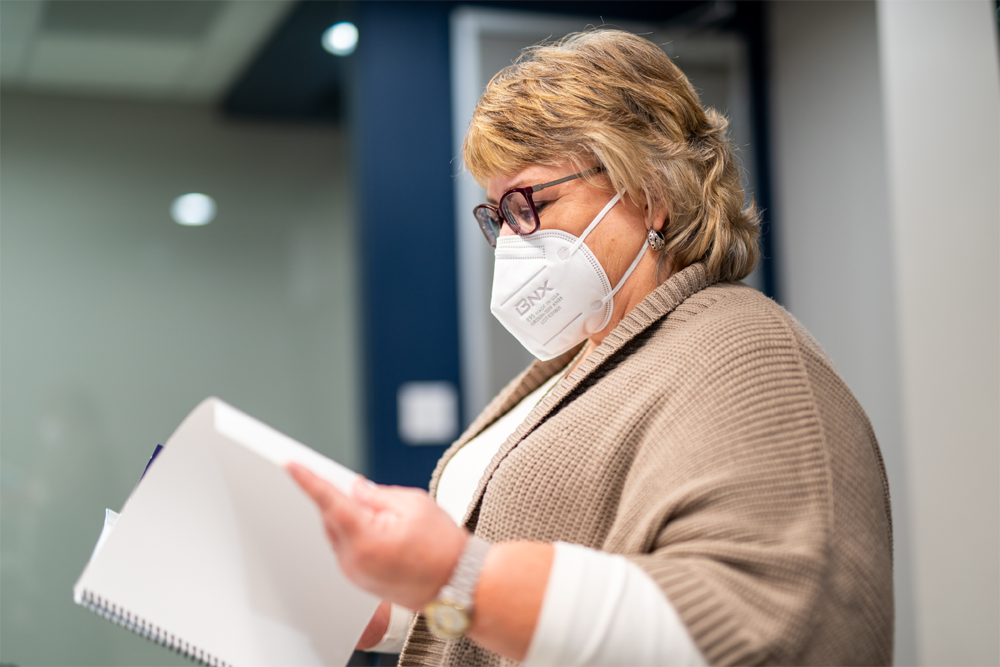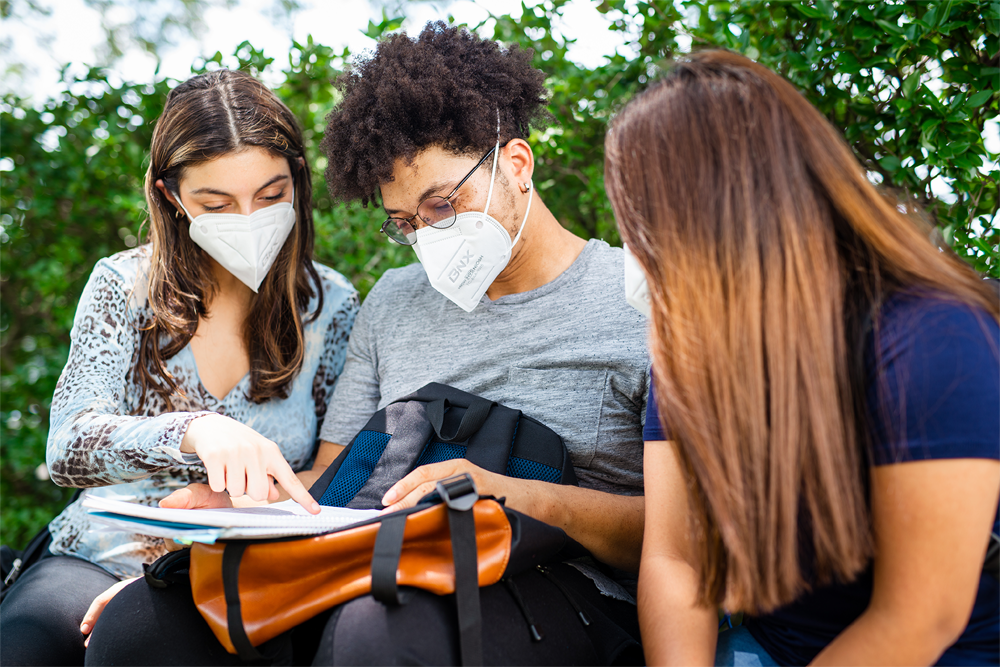What are N95 NIOSH Respirators?
Unlike single layer disposable nuisance dust masks used for light construction or cleaning activities, the N95 NIOSH respirator and surgical masks are examples of personal protective equipment (PPE) that are used to protect the wearer from very small (0.3 microns in diameter) airborne particulates and from liquids contaminating the face. The N95 NIOSH respirator (or mask) is a filtering facepiece respirator (FFR) that meets the U.S. National Institute for Occupational Safety and Health (NIOSH) N95 classification of air filtration, meaning that it filters at least 95% of airborne particles.
The N95 NIOSH rating meets the Centers for Disease Control (CDC) and Prevention guidelines for protection against tuberculosis and anthrax spores, as well as the most foreseeable bioweaponry, which ranges in size from 1.0 to 5.0 microns. Because of their effectiveness and comfort, N95 NIOSH respirators are standard in many industries, and have even become a popular way to prevent the spread of germs among the general public. If you sell to, or are in, the industrial, medical, dental, automotive, tattoo or do-it-yourself markets, many of your customers may require N95 respirators. N95 masks must be properly fit tested and are “single use” respirators.
The N95 NIOSH respirator has also become popular in the medical field. Both NIOSH and the CDC recommended N95 NIOSH respirator for protection of healthcare workers who come in direct contact with patients with COVID-19 and other airborne viruses. There are also N95 NIOSH respirators that are certified by the U.S. Food and Drug Administration (FDA) for use in surgery.
What to look for in an N95 NIOSH Respirator?
- Nosepiece and Headstraps. The nosepiece and headstraps to an N95 NIOSH respirator play an important role in not only comfort of the respirator, but also effectiveness. An N95 NIOSH respirator needs to fit tightly against the wearer’s face for full effectiveness.
- Exhalation valve. Although not required for effective use of an N95 NIOSH respirator, some users prefer a one-way exhalation valve that gives lower exhalation resistance for hot and humid working conditions.
- Mask shape. N95 NIOSH respirators are made in several of shapes and styles. The most common is the cone (also referred to as cup) respirator, but flat fold respirators (horizontal or vertical folding) are also exceedingly popular. BNX produces a new cone style mask with a “flanged edge” for a different seal to the user’s face. Respirator shape is most often a matter of user preference.


